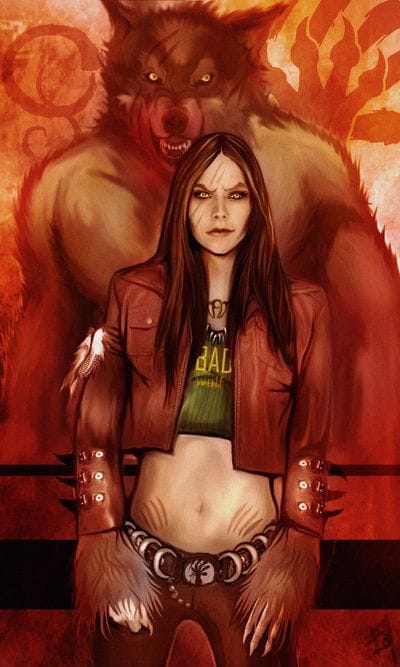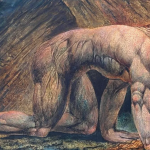Lately, many Christian newspapers have strongly reacted a the new trend of ‘werewolfism’ that followed Twilight ‘New Moon’. Like any other group, the werewolf subculture is made up of like-minded people that collectively deal with the same fears, hopes, and dreams. The subculture is sometimes confused with the vampyre subculture but is based on different values and needs.

Just because a person is a member of the werewolf subculture does not mean that he or she believes that werewolves are real. Very few are given to the fantasy that they are werewolves. Chances are good that the few that do believe in such things had some kind of predisposition in their mind for believing fanciful thoughts.
The werewolf is a symbol for the rage that all people hold inside that most are never able to let out. The werewolf is the personified rage which is unleashed by the main character of a story against his conscious will. Once that rage is unleashed, there is no controlling it, and there is no stopping it.
There are natural parallels between lycanthropy and puberty. During puberty, the human body changes dramatically. These changes can seem foreign, and they are definitely beyond a young person’s control. Similarly, in some depictions, lycanthropy is a metaphor for menstruation. A woman’s body changes according to a regular monthly cycle. In a lot of ways, these changes define who she is — menstruation is a hallmark of being a woman, and physical transformation is the hallmark of being a werewolf.
This is one of the reasons why people can identify with werewolves, in spite of their status as monsters. Teenagers and young adults can identify with the idea of sudden, seemingly inexplicable changes in their skin, hair and body. And just about everyone has experienced the struggle to keep control of emotions like anger and frustration. Through the werewolf subculture, they are able to gain a better understanding of how their peers are dealing with their feelings.








